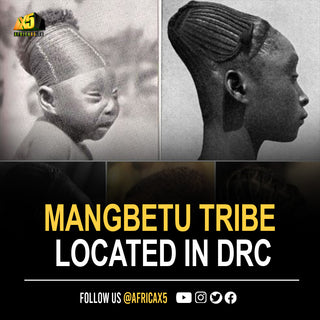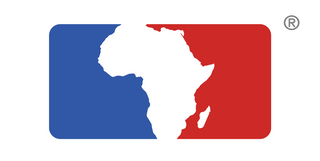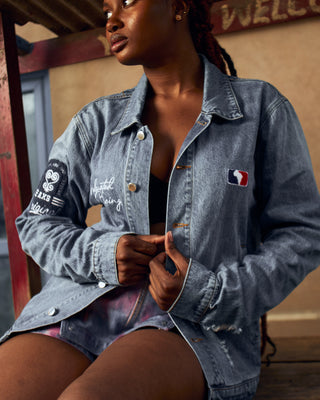The Mangbetu tribe is an ethnic group located in the northeastern part of the Democratic Republic of the Congo, primarily in the Haut-Uele and Bas-Uele provinces.
One of the most recognizable features of the Mangbetu people is their elongated heads, a result of the practice of head shaping or cranial deformation. This tradition was a symbol of beauty and social status among the Mangbetu elite
The practice of head shaping was widespread, particularly among the aristocracy and ruling elite.
This tradition involved intentionally shaping the heads of infants soon after birth to achieve a distinctive elongated or elongated-conical shape.
The Mangbetu viewed the elongated head as a symbol of beauty, intelligence, and high social status. It was associated with ideals of refinement and elegance, and individuals with elongated heads were often regarded as members of the elite class within Mangbetu society.
The process of cranial deformation typically began shortly after birth when an infant's skull bones were still soft and malleable. Various techniques were employed to shape the head, including the use of padded boards, bindings, or tight wrappings applied around the infant's head.
Head shaping was not only a physical practice but also held deep cultural significance within Mangbetu society. It served as a marker of identity, distinguishing members of the ruling class from the common populace, it reinforced social hierarchies and notions of beauty and prestige within the community.
With the decline of traditional societal structures and the influence of external cultural forces, the practice of head shaping among the Mangbetu has significantly declined in modern times.



